Transitioning from talent management to people success
How technology is changing the talent equation!
The COVID-19 pandemic has thrown traditional talent management into the spotlight. Many organisations are struggling to flex to deal with the impact of the crisis, but those that were thinking digitally, more democratically and were harnessing more agile and intelligent talent approaches find themselves with a competitive advantage in a world of change.
What are the revolutions driving the decline of traditional talent management and the emergence of more flexible, fluid and faster organisations? Read on…
As the rollercoaster created by COVID-19 thunders on, having first shifted homeworking rapidly as the new normal, we are now transitioning to reboarding people – or off-boarding – as the economic shock begins to bite. The people challenges that lie ahead of us are huge.
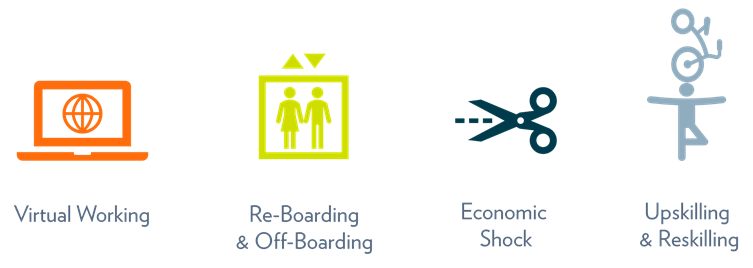
Lockdown has changed behaviours forever; already many HR professionals are harnessing the uncertainty as a catalyst for change. According to Korn Ferry 39% of HR leaders say they’re harnessing the crisis to reshape and reprioritize their company’s talent agenda.
Fosway recommended reading
As Diane Gherson, CHRO for IBM says, “In this environment, strategic workforce planning is relegated to the trash bin.” And whilst some analysts have been talking about the ‘big reset’, what is being called for in reality, is a continuous evolution to make our organisations resilient to the ‘new normal’.
What that means is embracing more democratisation, more AI (Artificial Intelligence), more organisational flexibility, and more agility in how our organisations work and how the relationship we have with our staff, customers and partners.
Without being too melodramatic, building these rapidly within our organisations is possibly the greatest HR challenge for generations. It’s a challenge made doubly hard by the fact that, for many, our maturity in truly delivering a talent management agenda fit for the 21st century has been exceptionally low.
The traditional world of talent management was, and still is in many cases, something that doesn’t truly enable the scale and organisational agility most businesses now need. It was focused on a small cadre of senior leaders, so had limited scope and reach. The solutions it used were isolated and the processes for accelerating talent across the organisations were slow and lacked transparency; rigid with low intelligence and frequently based on false promises of career paths that never materialised. Most critically, they did not solve the problems of mass upskilling and reskilling that is central to an organisation’s success or address the challenges of fluidity and agility that seems to be the hallmark of today’s successful organisations.
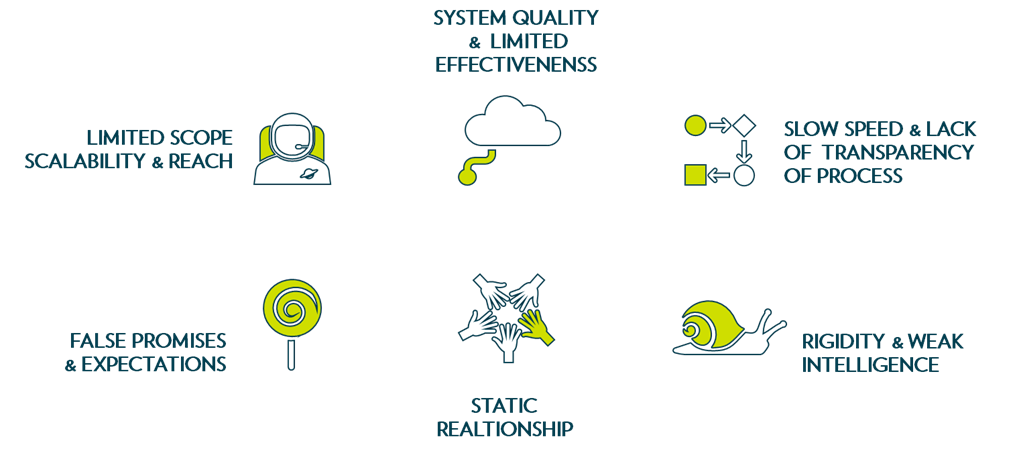
To succeed now, how you energise, motivate and mobilise our people is more critical than ever. It is part of what should be the accepted expectation between employer and worker: workers deliver value, employers invest in their potential.
From a talent perspective that means re-evaluating the relationship not only with employees and workers, it also means rethinking the role of HR; what is HR’s role in the COVID-19 economy, its rallying mission in the organisation? We are currently exploring three key roles here
• Optimising work
• Energising work
• People intelligence and insight
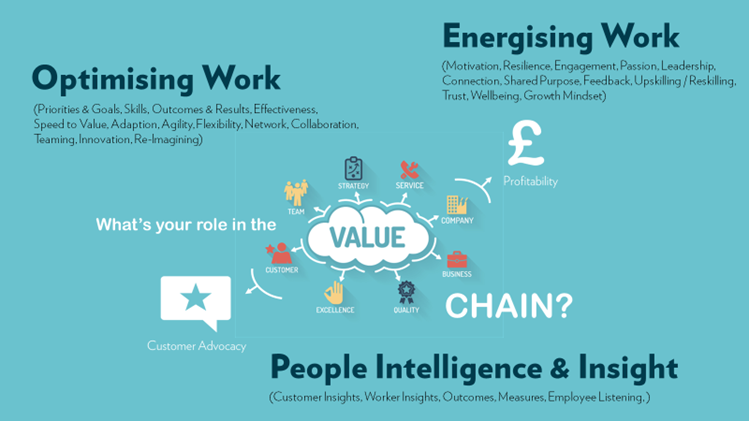
At Schneider Electric, HR leaders like Andrew Saidy, have shown the benefits of breaking away from the slow models of talent management and embracing a more dynamic mindset to power their business with agility and new ways of working.
They have examined the drivers behind why people leave their organisation and found that around half do so because they cannot find internal opportunities.
Not unlike the team at Unilever, whose HR team has implemented a talent marketspace that connects workers with opportunities. And the impact has been dramatic; tens of thousands of hours of discretionary effort released into the business and high levels of employee engagement, real growth in personal skills, richer feedback, capability growth and employability. In short, a shift to a new talent management approach.
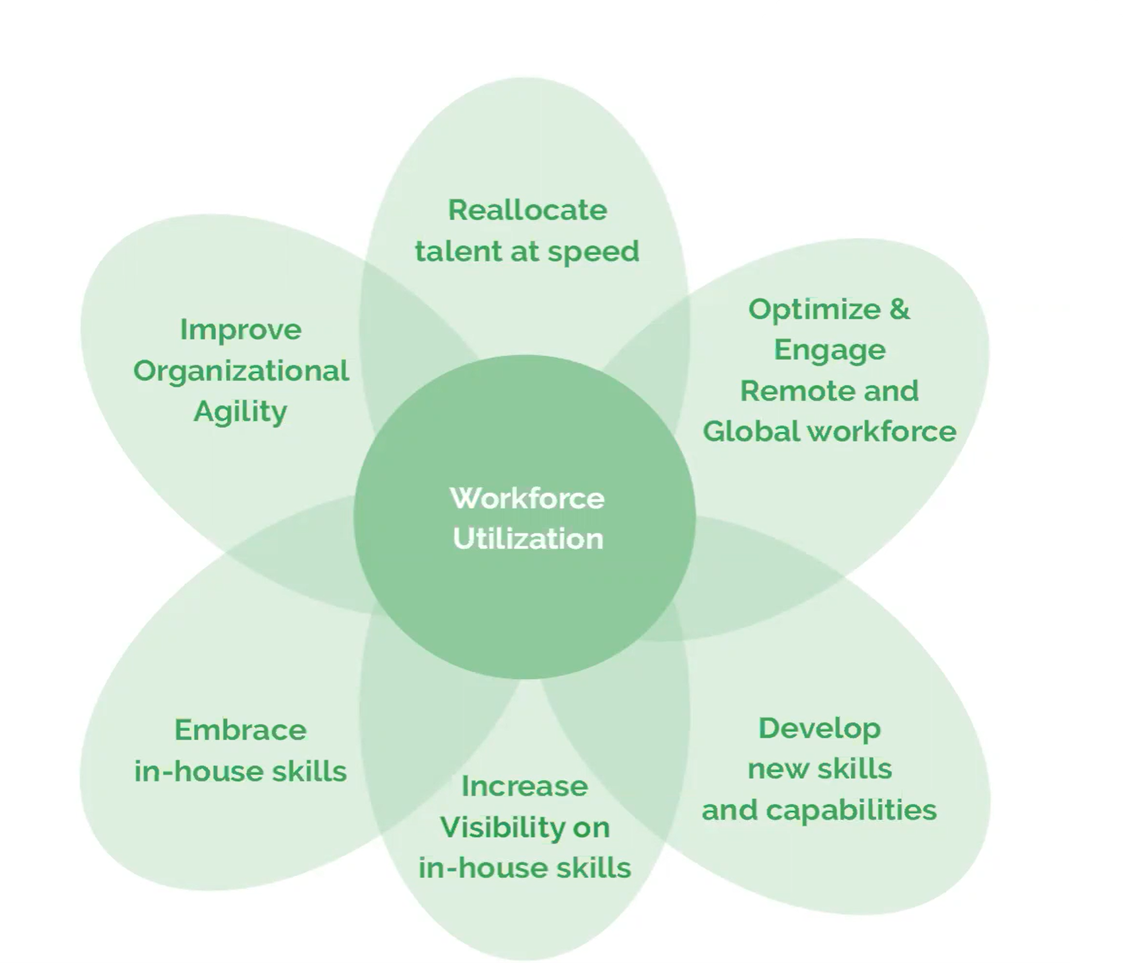

We are starting to see a sea change in talent thinking. And what’s encouraging is that practically every part of the talent cycle is evolving at pace.
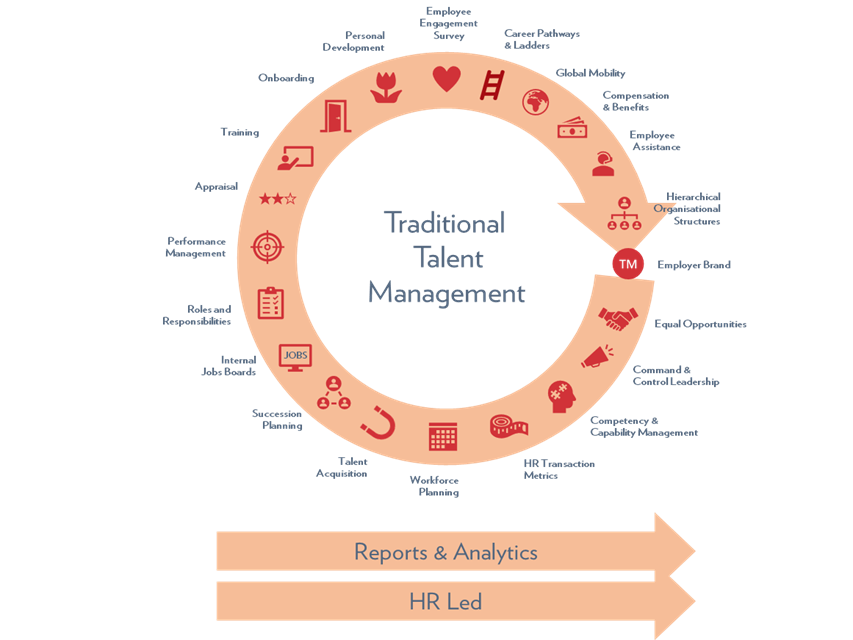
This is not to say that the traditional is not relevant to organisations. Global mobility, equal opportunities, workforce planning, internal job boards, performance management, appraisals, training, onboarding, personal development, employee engagement and competency management are still important. But there are some major changes in focus in each of those labels that are more relevant to organisations at this time.
Some call these ‘talent empowerment’ or ‘talent enablement’. Some, ‘talent success’. Some, ‘people success’. Eventually buyers will rally around a label that will come to define the market. And it represents a whole new philosophy, one that values upskilling and reskilling, and proactive inclusion as the next step beyond equal opportunities.
It thinks about talent marketplaces as much as it does career paths, and agile talent allocation as well as workforce planning. It focuses on relationships as much as engagement, and flexibility and fluidity above hierarchy and mentoring and coaching beyond performance management.
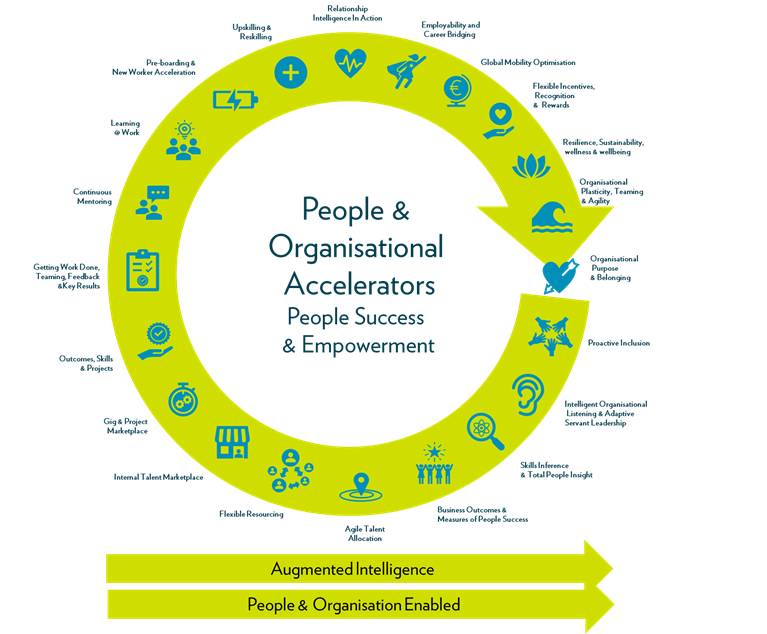
And whilst, economic uncertainties will make HR workloads difficult to find slack to do new things, the challenge is that not evolving is not really a longer-term survival choice. Adopting more innovative people practices is going to be key. And you don’t need to be a Schneider Electric to do this. It’s an opportunity for all – in more ways than one.

